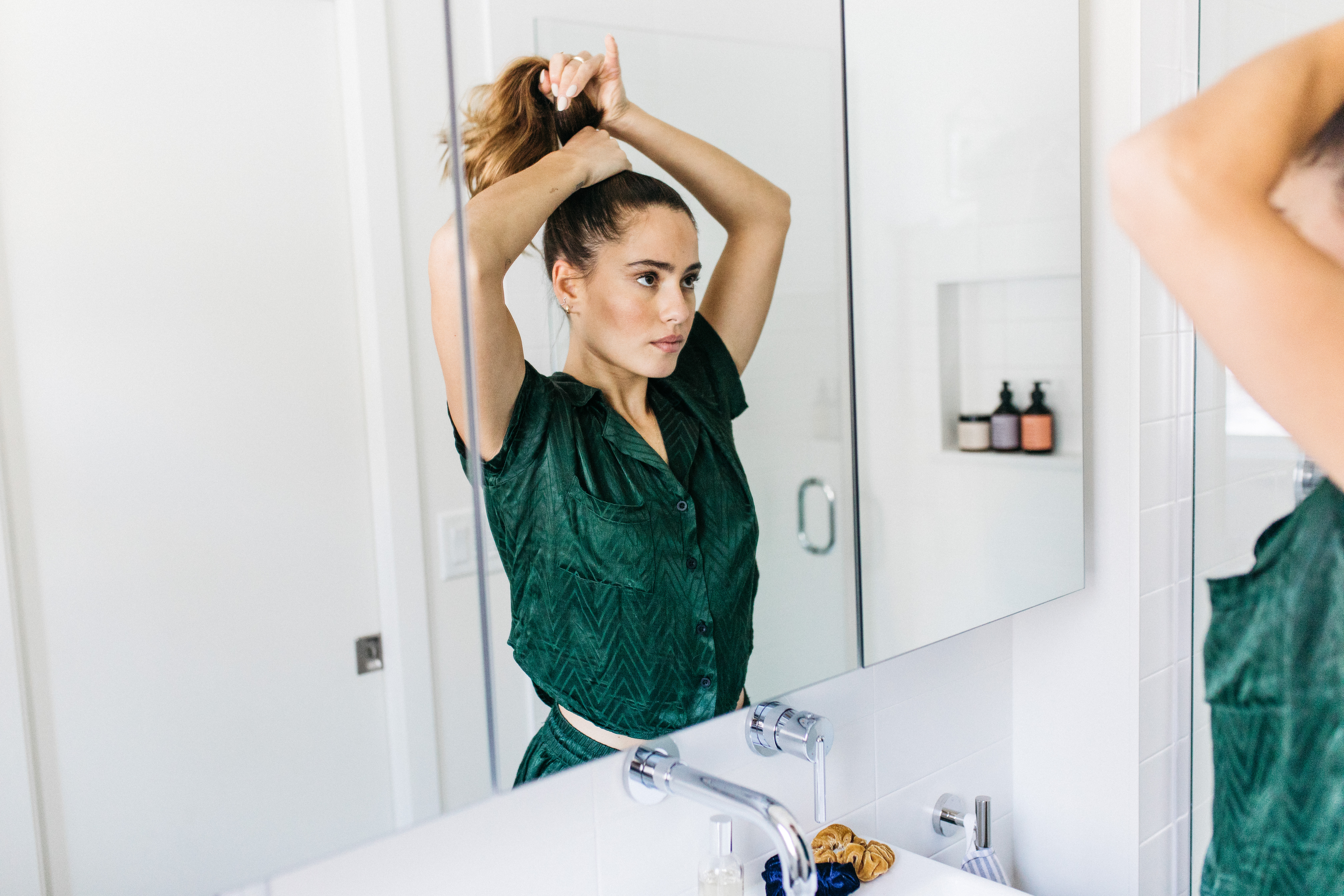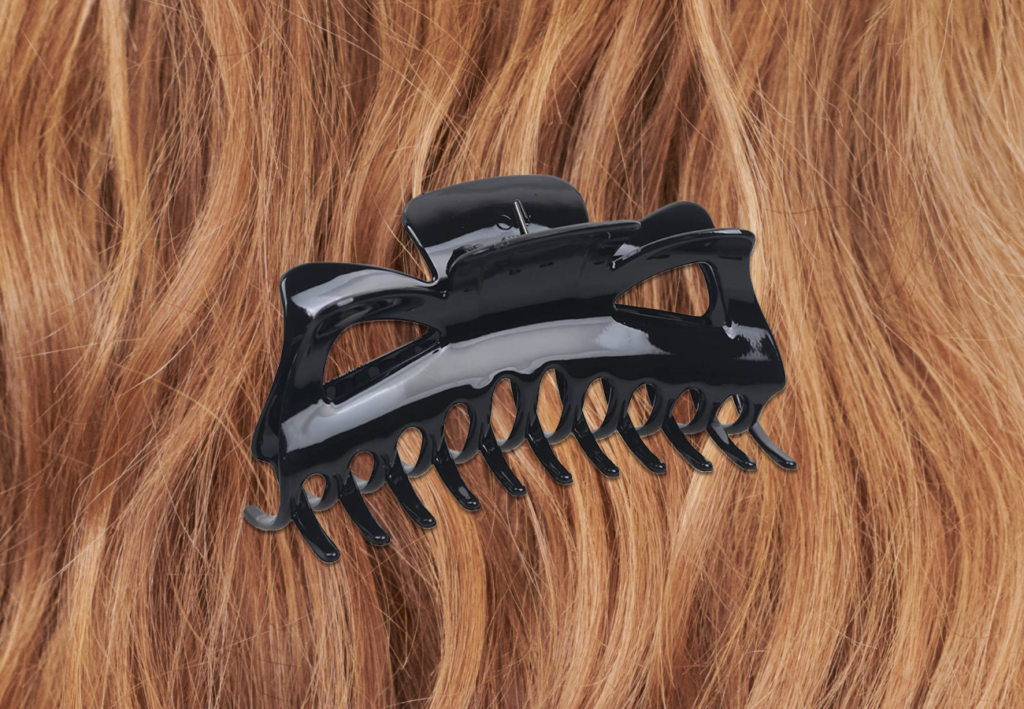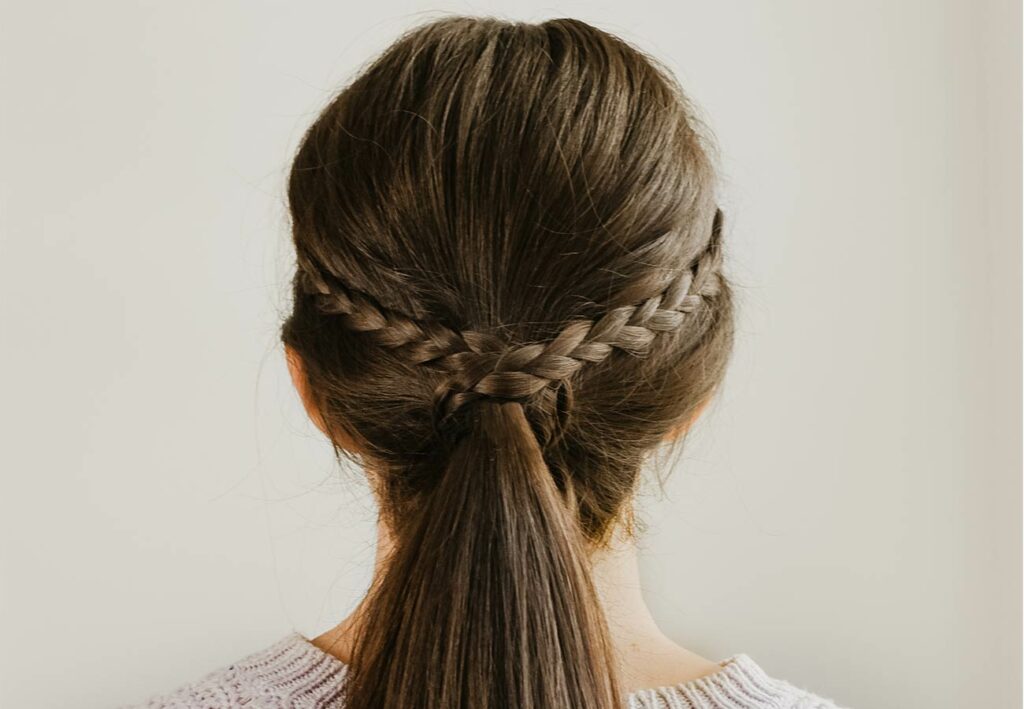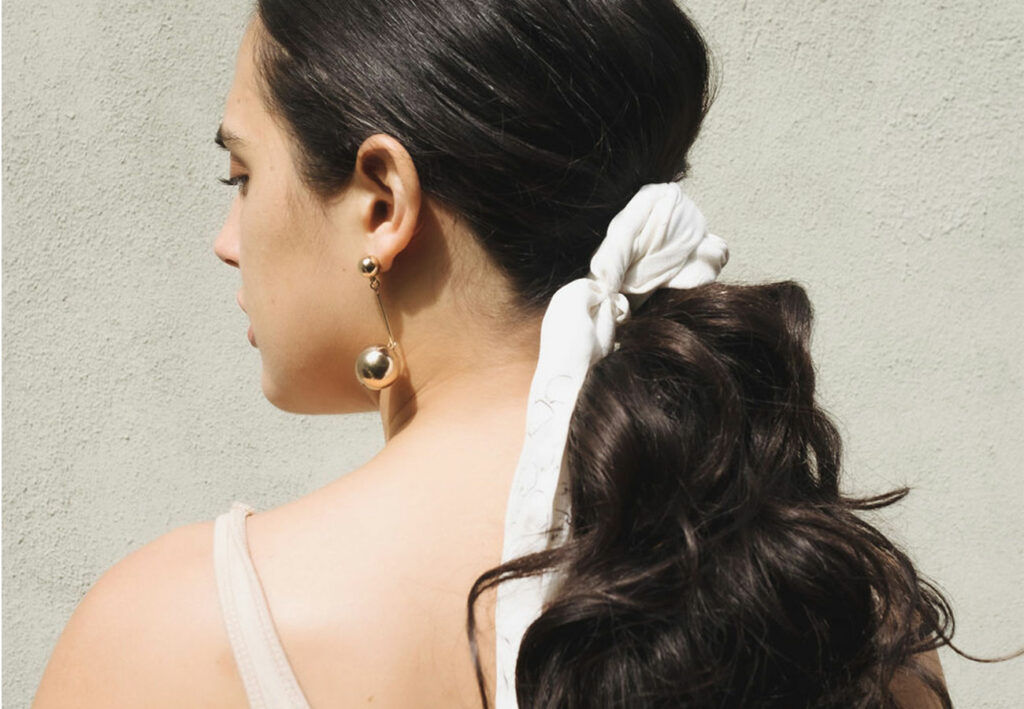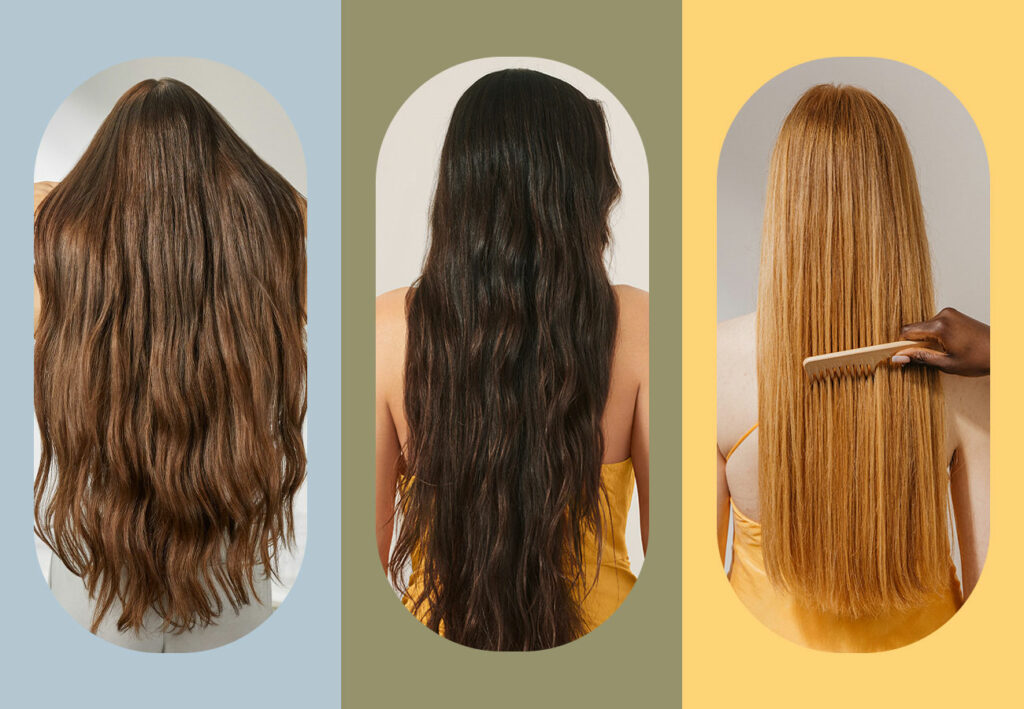Braids are so beautiful, but they can be hard to do on yourself. Thankfully, it’s definitely possible to pull off an amazing look with Dutch braids with no outside assistance. Dutch braids and French braids have some similarities, but are actually different. Dutch braids actually involve crossing the hair underneath the section instead of crossing it on top of the section, as you see with French braids.
The good news is that if you already know how to French braid your own hair, doing a Dutch braid on yourself will be relatively easy and will only require a few minor adjustments. However, no matter your level of hair-braiding expertise, we are going to tell you everything you need to know about how to achieve an amazing Dutch braid that’s fit for any occasion.
How to Dutch Braid Your Own Hair
Dutch braiding your hair on your own is possible and simple if you following these steps:
- Part your hair down the middle and brush out any tangles that may lead to messy plaits and a difficult braiding process.
- Next, grab three separate pieces of hair right at your hairline on one side. Depending on how big you want the braid to be, each piece of hair should be around half an inch in width.
- Once you have your strands separated, you will need to anchor your braid. Do this by bringing the right strand underneath the middle strand, and then the left strand underneath the new middle strand.
- Begin adding in hair from each side of the center strand and cross them underneath— alternating between sides.
- Keep doing this same process all the way down your hair until you reach the nape of your neck. At this point, we recommend that you switch over to a traditional three-strand braid.
- Once you get to the end of the length of your hair, you will need to secure your beautiful Dutch braid with an elastic hair tie.
- Repeat on the other side for an identical braid.
- If you want to loosen up the braid a bit rather than having a super tight braid, pull on each section a little bit to open them up to give you a more casual look.
How to Grow Long, Healthy Hair for a Beautiful Dutch Braid
Dutch braiding is a great hairstyle for long and healthy hair. However, if your hair is damaged or has a lot of breakage, it might not look as good as you pictured. Thankfully, this doesn’t have to be a permanent problem, and there are plenty of things you can do to improve the health and overall look of your hair so that you can put it into any hairstyle. So here are some tips that you can follow for amazing hair:
- Eat Right: The foundation of healthy hair is actually a healthy diet. Believe it or not, but your diet plays a big role in your hair. Overall, you need to make sure you’re getting enough protein, vegetables, fruits, grains, and healthy fats. When it comes to hair, you really want to focus on protein and healthy fats by eating foods like salmon, avocados, nuts, and tons of veggies and fruits!
- Use Supplements: However, sometimes, a healthy diet isn’t enough. This is especially true if you follow a restricted diet like veganism or have dietary restrictions that limit you from eating grains and dairy. While not everyone needs supplements and they aren’t necessarily a magic cure, they can help. Supplements that contain things like Vitamin A, Vitamin B6, Vitamin B7 (biotin), Vitamin C, Vitamin D, Vitamin E, zinc, and iron can be useful for hair growth. Clearly, this is a long list, so your best option is to go with a multivitamin that contains each of these vitamins (and others) to benefit your hair health and internal body health as well.
- Choose the Right Products: Once your hair has a healthy foundation thanks to diet and supplements (if necessary), you need to focus on your hair products to achieve healthy hair. Many people just assume that all the hair products at the drugstore are perfectly good for your hair. However, that’s not always the case. If you aren’t paying close attention to the ingredients in your hair products, you could be damaging your hair while you’re trying to heal it! Ingredients like sulfates, GMOs, parabens, mineral oils, phthalates, and BHAs are commonly used in a ton of hair products even though they aren’t exactly safe or healthy for your hair.
Instead, look for products that only use all-natural ingredients, like those from Prose. Some of the best ingredients to look for include aloe vera, argan oil, avocado oil, castor oil, coconut oil, glycerin, hyaluronic acid, jojoba oil, tea tree oil, and more. At the same time, just because a product has natural ingredients doesn’t necessarily mean that it’s the right fit for your unique hair. That’s why we recommend buying products that are designed for your hair type, or even better, going with a customized formula shampoo or conditioner from companies like Prose that can take your hair type and hair concerns and then turn those into an amazing natural product that really works for you specifically.
- Treat Your Hair Right: You can do all the above and still end up with damaged hair if you don’t treat your hair right! This means not washing it every day and letting your hair’s natural oils shine through. This also means not dyeing is too often or using other strong and damaging chemical treatments. Finally, this means avoiding using heat on your hair whenever possible— including blowdrying, straightening, and curling. All of this might sound really difficult and maybe even impossible, depending on your current hair routine. However, it’s definitely well worth it in the end when you can finally rock long, strong, and healthy hair—if that’s what you’re going for!
Other Types of Braids to Try
Now that you know how to achieve amazingly healthy hair, it’s time to have fun with it! Dutch Braids are a great option, but they are really just the tip of the iceberg when it comes to braiding hairstyles that you can try. So here are some other types of braids that we are totally obsessed with right now:
- Box Braids: Box braids are more square or “boxy” braids that are extremely low-maintenance and can last for a long time. This is a cool style to use if you want to try out some extensions or just protect your hair from heat and chemicals.
- French Braids: French braids are a classic braid option that’s easy to achieve. It’s simple yet elegant and can be used to create a variety of different styles ranging from casual to elegant.
- Fishtail Braids: Fishtail braids are a bit more tricky but when done correctly, they can be a pretty casual, boho look. This type of braid gives off an “I woke up like this” beachy vibe that seems really effortless but still stylish.
- Waterfall Braids: Waterfall braids are a twist on the traditional French braid. They allow most of the hair to fall out of the braided section and look like a beautiful falling waterfall. This is a really soft and feminine look that pairs well with florals, pastels, and dresses.
- Cornrow Braids: Cornrow braids are small braids that begin at the scalp and form strips down your head. There are many different ways to style cornrows, making it a very versatile style that can work for any occasion.
In Summary
Dutch braiding your own hair is definitely possible, but it will work best if you start off with strong and healthy hair. You can easily achieve this and rock all your favorite braid looks by properly nourishing your hair through your diet, your products, and your styling methods.

